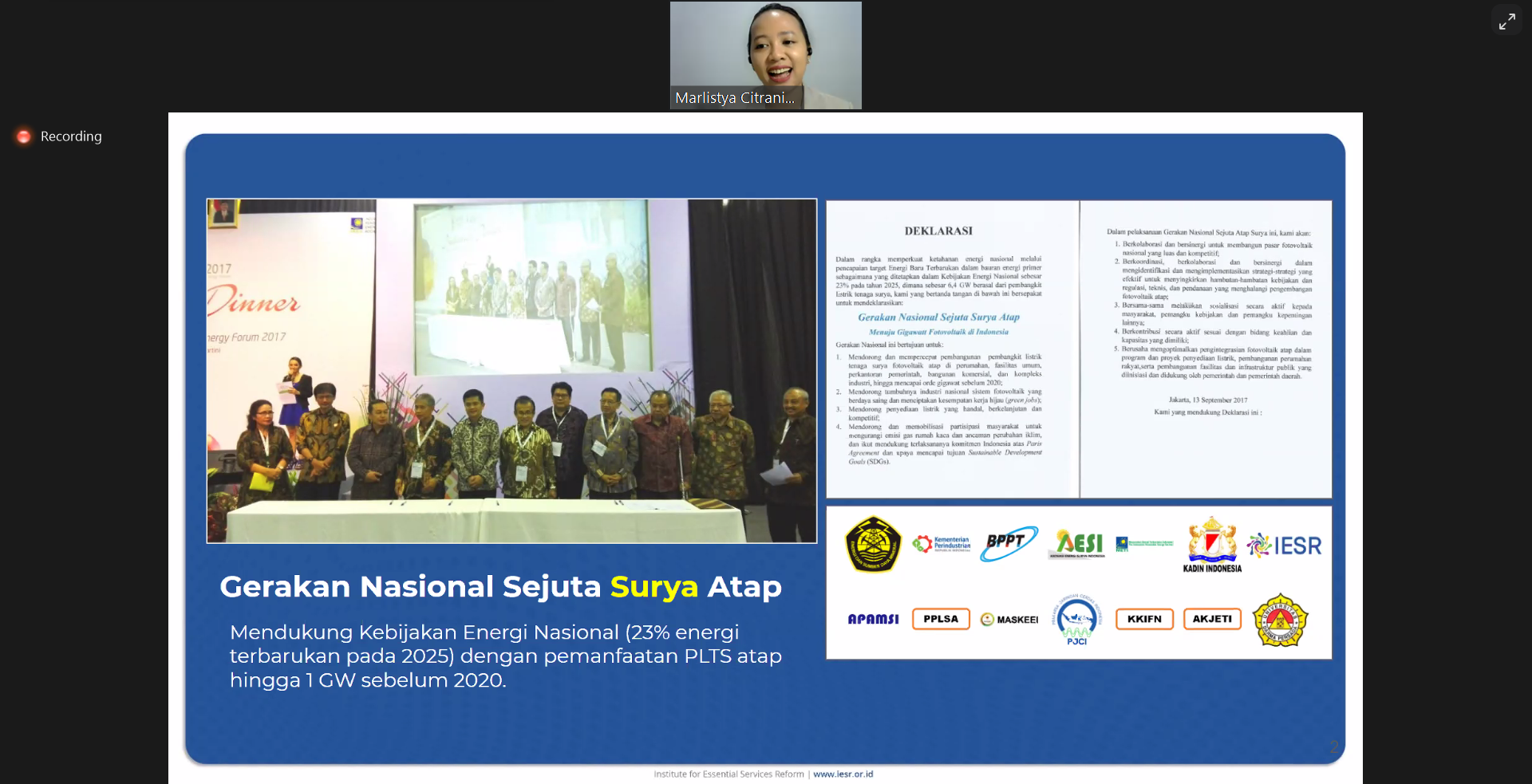Jakarta, 24 June 2021, IESR survey shows that more people are interested in adopting rooftop solar power plants, especially if an attractive financing scheme is available. It will be a huge opportunity to expand the rooftop solar PV market answering the challenges of the climate crisis on a practical level done individually by transitioning to…


